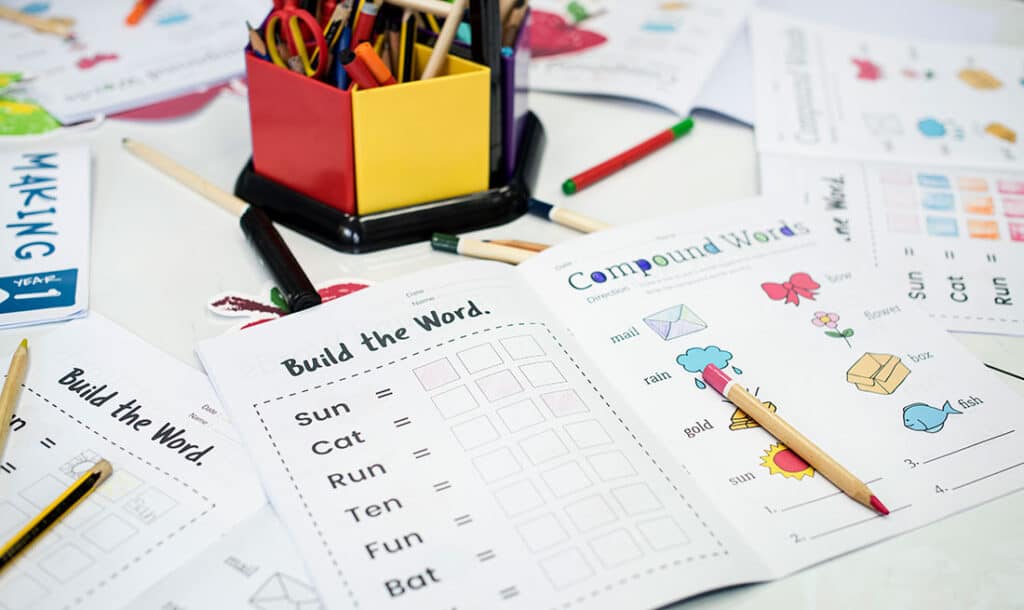To ensure their lessons are productive for students and that they are progressing as expected, educators use many tools. Regular reading assessments are among the most effective resources employed in this effort.
Reasons To Perform Reading Assessments
It is impossible to overstate the importance of reading assessments. They serve a vital purpose by informing teachers of student ability, their need for extra support, and the effectiveness of current teaching strategies.
How Assessments Inform Educators
It is easy to say that reading assessments inform educators. However, to see how and why this is, you must dig a little deeper.
The exact range of information gained depends on the type of test used and how effectively a teacher administers it. Done correctly, teachers can determine a wide range of information from one or more assessments, including:
- How a student learns best
- What a student has already learned
- Address weaknesses in future lesson planning and implementation
You can think of these tests as checkpoints on the path of learning. They serve as a way to monitor progress and identify areas that need extra attention, which is critical for struggling students to get the necessary support to succeed.
Barriers to Effective Screening
Several factors can affect the effectiveness of reading assessments. Proper professional development and training can help reduce these impacts.
Learning Disorders
Children with unidentified (and, in some cases, established) learning difficulties may struggle with reading assessments. For example, dyslexia can make some tasks very difficult for students, but that is not a reflection of poor teaching – this holds true for many other conditions like autism spectrum disorder, as well as environmental conditions that affect a student’s perception of the testing process.
Implicit Bias
Everyone has a set of preexisting beliefs, which can contribute to bias when testing students. Training on identifying and addressing these implicit biases can help educators limit their impact on reading assessments. Doing so will help ensure that results are as accurate as possible.
English Language Learners
More than 10% of students in U.S. public schools are English language learners, meaning English is not their primary language. Multilingual students may struggle with standard reading assessments. However, teachers can employ strategies to limit interference and ensure accurate results.
Reading Assessment Tools
Teachers can screen formally or informally for reading abilities with various assessments to gauge an individual’s reading ability. For example, the (TOWRE-2) Test of Word Reading Efficiency is an effective screening tool that assesses two primary skills needed for reading success: recognizing whole words and sounding out words.
In some cases, students may benefit from taking more than one type of assessment to identify additional areas where they are struggling. In this instance, a carefully administered oral reading test might highlight areas that need extra support missed by the TOWRE-2 test.





